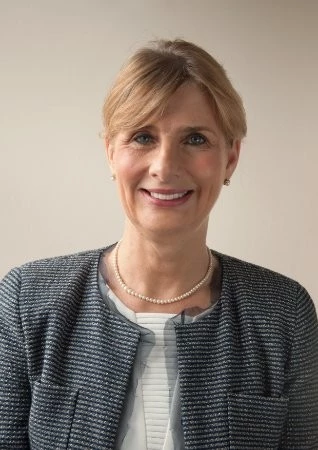Health and Safety in the Studio
Loose cables and wires
At first glance, working in a photography studio may seem safer than shooting in the great outdoors, but studios can come with their own selection of hazards and safety issues. We take a look at the most common hazards found in photography studios and what you can do to prevent accidents in your workplace.
Probably the most obvious and common hazard in every photography studio is loose wires and cables - in a studio you will likely have set up lights to use in your shoot, and these will have trailing cables. If someone trips on these it can cause both harm to them and damage to equipment, so use hazard tape or duct tape to keep your wires and cables flat against the floor and prevent trips and falls.
Don’t bring food or drink into the studio
With so much expensive, electrical equipment around, it’s best to leave any snacks or drinks behind before you enter the studio. If you do need to bring drinking water into the studio, use a sturdy bottle with a sports cap that will not spill liquid when knocked over.
Check light stands and tripods
If equipment falls over, it can get damaged or hurt someone - always check that your tripods and light stands are pulled open so they are as stable as possible. They should use locks to keep them in position, so make sure these are tightened and secure before you start your shoot.
Don’t touch the bulbs
Incandescent lighting bulbs work at high temperatures and can easily burn you when switched on, but you should avoid touching them even when they are switched off - finger marks and smudges left on the bulb can cause localised hot spots, which can lead to the bulb blowing or even exploding. If you cannot avoid handling the bulb, make sure to wait until it has cooled and wear gloves to avoid leaving fingerprints or sweat on the surface.
Scissors and knives
If you use a utility knife or scissors to cut tape or cable ties, you should store these away safely when not in use - using protective blade covers can also reduce the risk of harm when handling or carrying these items around the studio.
Suspended equipment
In a photography studio, it is likely you will have equipment such as lights or backdrops suspended from stands or the ceiling. Take steps to prevent your equipment falling and causing injury by securing it with secondary chains.
Keep your studio tidy
The easiest way to prevent accidents in your studio is to keep it as tidy as possible, and free from clutter. Make sure you tidy away any equipment when it is not in use, and make sure walkways and working spaces are not blocked by equipment or boxes that should be stored away.
Check your electrical equipment
Before starting work or letting employees into your studio, it is important to complete a risk assessment to identify and eliminate hazards or control risks - and in a photography studio, a lot of the potential risks lie with your electrical equipment.
Avoid electrical fires by making sure your equipment is plugged in and unplugged in a safe manner. Switch off your equipment before unplugging it and make sure it has completely discharged before you remove the plug from the socket.
When your equipment is plugged in and in use, ensure that it is kept a reasonable distance from the plug socket to avoid arcing, or sparks travelling between them. This can cause a fire and so always move your electrical equipment away from the plug socket.
All of your electrical equipment should be PAT tested - before using your equipment you should closely examine it for any exposed wires or damage, and make sure it is repaired or replaced before your shoot begins.
Electrical equipment can overheat when used for long periods of time - make sure you switch it off when you’re not using it, even if it is only for a few minutes. Avoid covering your equipment with bags or clothing or other items, as this can accelerate overheating and lead to fires.
Use a ladder
If you need to adjust hanging equipment or a backdrop and need some extra height, use a stable ladder that is tall enough for what you need. Never stand on chairs or tables, and if you are using a taller ladder, make sure someone else can hold the bottom of the ladder to keep it secure while you are on it.
Camera and photography insurance from Towergate
Photography insurance can range from protecting your favourite camera, to covering your business and livelihood. Towergate Camerasure can provide cover to suit your needs. For more information, visit our dedicated photography insurance page or call us on 01489 770340 to speak to a specialist adviser.
About the author
 Alison Wild BCom (Hons), FMAAT, MATT, Taxation Technician is a highly respected industry professional who has been working with and advising SMEs in areas including tax, pensions, insurance and marketing for over 25 years. She is a member of the Association of Accounting Technicians (AAT) and Association of Tax Technicians (ATT) and also has over 20 years' experience as a residential landlord.
Alison Wild BCom (Hons), FMAAT, MATT, Taxation Technician is a highly respected industry professional who has been working with and advising SMEs in areas including tax, pensions, insurance and marketing for over 25 years. She is a member of the Association of Accounting Technicians (AAT) and Association of Tax Technicians (ATT) and also has over 20 years' experience as a residential landlord.
Date: August 20, 2021
Category: Other




